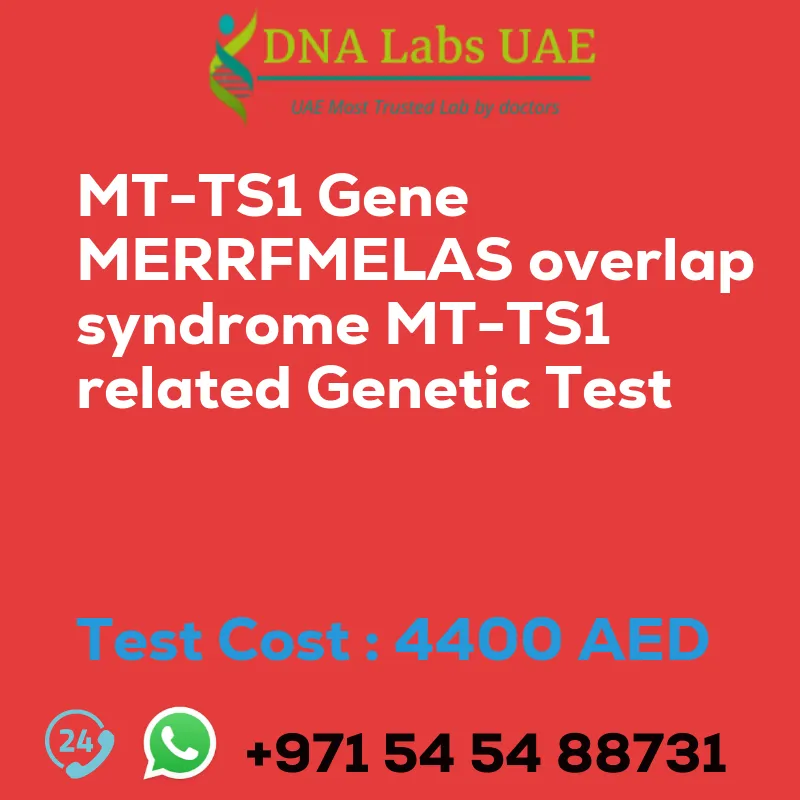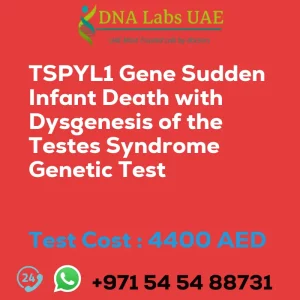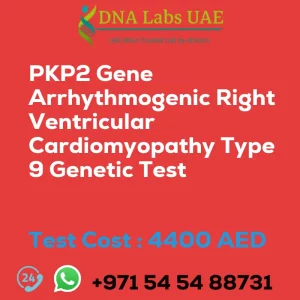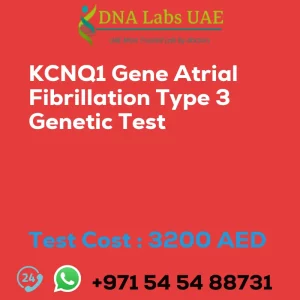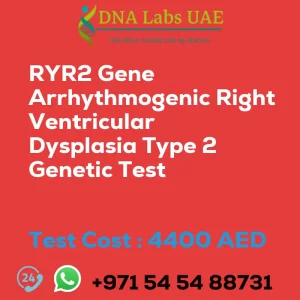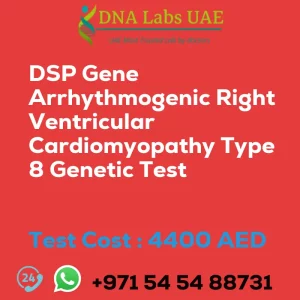MT-TS1 Gene MERRFMELAS Overlap Syndrome MT-TS1 Related Genetic Test
Test Name: MT-TS1 Gene MERRFMELAS overlap syndrome MT-TS1 related Genetic Test
Components: DNA Labs UAE
Price: 4400.0 AED
Sample Condition: Blood or Extracted DNA or One drop Blood on FTA Card
Report Delivery: 3 to 4 Weeks
Method: NGS Technology
Test Type: Cardiovascular Pneumology Disorders
Doctor: Cardiologist
Test Department: Genetics
Pre Test Information: Clinical History of Patient who is going for MT-TS1 Gene MERRF/MELAS overlap syndrome, MT-TS1 related NGS Genetic DNA Test. A Genetic Counselling session to draw a pedigree chart of family members affected with MT-TS1 Gene MERRF/MELAS overlap syndrome, MT-TS1 related NGS Genetic DNA Test gene MT-TS1
Test Details: MT-TS1 gene is associated with two different mitochondrial disorders – MERRF (Myoclonic Epilepsy with Ragged Red Fibers) and MELAS (Mitochondrial Encephalopathy, Lactic Acidosis, and Stroke-like episodes). However, there is also a rare overlap syndrome where individuals exhibit features of both MERRF and MELAS. To diagnose this overlap syndrome, a genetic test called Next-Generation Sequencing (NGS) can be performed. NGS is a high-throughput sequencing technology that can analyze multiple genes simultaneously. In the case of MT-TS1 related overlap syndrome, the NGS test will specifically focus on sequencing the MT-TS1 gene to identify any genetic variations or mutations that may be causing the disorder. The NGS test involves obtaining a DNA sample, usually through a blood or saliva sample, and then sequencing the DNA to identify any abnormalities in the MT-TS1 gene. This test can help confirm a diagnosis of the MT-TS1 related overlap syndrome and provide information about the specific genetic variations present in an individual. It is important to note that genetic testing should be performed and interpreted by a qualified healthcare professional or genetic counselor who specializes in mitochondrial disorders. They can provide a detailed analysis of the test results and help guide treatment and management options for individuals with this rare overlap syndrome.
| Test Name | MT-TS1 Gene MERRFMELAS overlap syndrome MT-TS1 related Genetic Test |
|---|---|
| Components | |
| Price | 4400.0 AED |
| Sample Condition | Blood or Extracted DNA or One drop Blood on FTA Card |
| Report Delivery | 3 to 4 Weeks |
| Method | NGS Technology |
| Test type | Cardiovascular Pneumology Disorders |
| Doctor | Cardiologist |
| Test Department: | Genetics |
| Pre Test Information | Clinical History of Patient who is going for MT-TS1 Gene MERRF/MELAS overlap syndrome, MT-TS1 related NGS Genetic DNA Test. A Genetic Counselling session to draw a pedigree chart of family members affected with MT-TS1 Gene MERRF/MELAS overlap syndrome, MT-TS1 related NGS Genetic DNA Test gene MT-TS1 |
| Test Details |
MT-TS1 gene is associated with two different mitochondrial disorders – MERRF (Myoclonic Epilepsy with Ragged Red Fibers) and MELAS (Mitochondrial Encephalopathy, Lactic Acidosis, and Stroke-like episodes). However, there is also a rare overlap syndrome where individuals exhibit features of both MERRF and MELAS. To diagnose this overlap syndrome, a genetic test called Next-Generation Sequencing (NGS) can be performed. NGS is a high-throughput sequencing technology that can analyze multiple genes simultaneously. In the case of MT-TS1 related overlap syndrome, the NGS test will specifically focus on sequencing the MT-TS1 gene to identify any genetic variations or mutations that may be causing the disorder. The NGS test involves obtaining a DNA sample, usually through a blood or saliva sample, and then sequencing the DNA to identify any abnormalities in the MT-TS1 gene. This test can help confirm a diagnosis of the MT-TS1 related overlap syndrome and provide information about the specific genetic variations present in an individual. It is important to note that genetic testing should be performed and interpreted by a qualified healthcare professional or genetic counselor who specializes in mitochondrial disorders. They can provide a detailed analysis of the test results and help guide treatment and management options for individuals with this rare overlap syndrome. |

